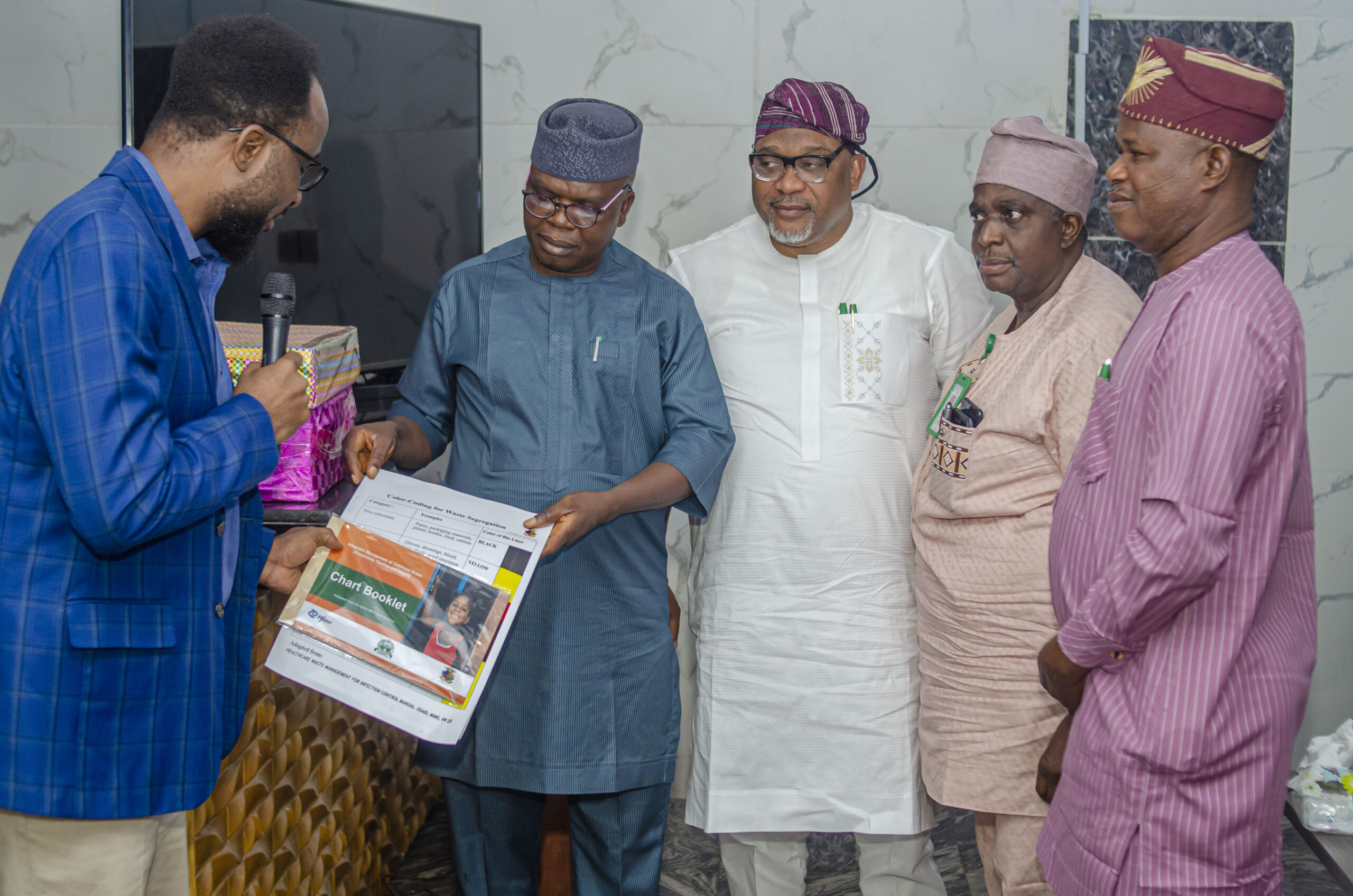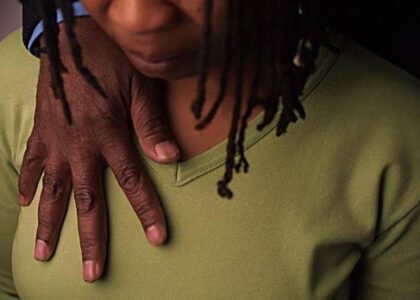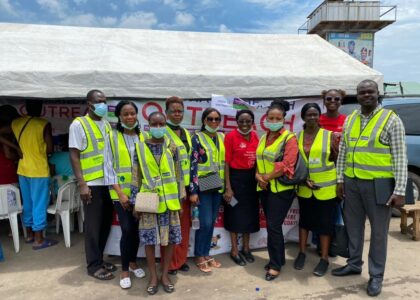[fusion_builder_container hundred_percent=”no” equal_height_columns=”no” menu_anchor=”” hide_on_mobile=”small-visibility,medium-visibility,large-visibility” class=”” id=”” background_color=”” background_image=”” background_position=”center center” background_repeat=”no-repeat” fade=”no” background_parallax=”none” enable_mobile=”no” parallax_speed=”0.3″ video_mp4=”” video_webm=”” video_ogv=”” video_url=”” video_aspect_ratio=”16:9″ video_loop=”yes” video_mute=”yes” video_preview_image=”” border_size=”” border_color=”” border_style=”solid” margin_top=”” margin_bottom=”” padding_top=”” padding_right=”” padding_bottom=”” padding_left=””][fusion_builder_row][fusion_builder_column type=”1_1″ layout=”1_1″ spacing=”” center_content=”no” hover_type=”none” link=”” min_height=”” hide_on_mobile=”small-visibility,medium-visibility,large-visibility” class=”” id=”” background_color=”” background_image=”” background_position=”left top” background_repeat=”no-repeat” border_size=”0″ border_color=”” border_style=”solid” border_position=”all” padding_top=”” padding_right=”” padding_bottom=”” padding_left=”” margin_top=”” margin_bottom=”” animation_type=”” animation_direction=”left” animation_speed=”0.3″ animation_offset=”” last=”no”][fusion_imageframe image_id=”14207″ style_type=”none” stylecolor=”” hover_type=”none” bordersize=”” bordercolor=”” borderradius=”” align=”center” lightbox=”no” gallery_id=”” lightbox_image=”” alt=”” link=”” linktarget=”_self” hide_on_mobile=”small-visibility,medium-visibility,large-visibility” class=”” id=”” animation_type=”” animation_direction=”left” animation_speed=”0.3″ animation_offset=””]https://www.ehainigeria.org/wp-content/uploads/2018/08/malaria-258×300.jpg[/fusion_imageframe][fusion_text]
Adult female African malaria mosquito, (Anopheles gambiae Giles)
Common vector for transmission of Plasmodium among humans in Africa
[/fusion_text][/fusion_builder_column][/fusion_builder_row][/fusion_builder_container][fusion_builder_container hundred_percent=”no” equal_height_columns=”no” menu_anchor=”” hide_on_mobile=”small-visibility,medium-visibility,large-visibility” class=”” id=”” background_color=”” background_image=”” background_position=”center center” background_repeat=”no-repeat” fade=”no” background_parallax=”none” enable_mobile=”no” parallax_speed=”0.3″ video_mp4=”” video_webm=”” video_ogv=”” video_url=”” video_aspect_ratio=”16:9″ video_loop=”yes” video_mute=”yes” video_preview_image=”” border_size=”” border_color=”” border_style=”solid” margin_top=”” margin_bottom=”” padding_top=”” padding_right=”” padding_bottom=”” padding_left=””][fusion_builder_row][fusion_builder_column type=”1_1″ layout=”1_1″ spacing=”” center_content=”no” hover_type=”none” link=”” min_height=”” hide_on_mobile=”small-visibility,medium-visibility,large-visibility” class=”” id=”” background_color=”” background_image=”” background_position=”left top” background_repeat=”no-repeat” border_size=”0″ border_color=”” border_style=”solid” border_position=”all” padding_top=”” padding_right=”” padding_bottom=”” padding_left=”” margin_top=”” margin_bottom=”” animation_type=”” animation_direction=”left” animation_speed=”0.3″ animation_offset=”” last=”no”][fusion_text]
“My one year old twin sons were very sick for six consecutive weeks having severe night sweats, chills and flu. It all started a night they had high body temperatures which I assumed to be teething symptoms and I gave them painkillers. They became fine in the morning but the symptoms persisted the days after and eventually got worse. The general belief that first infants’ sicknesses are teething problems made me intensify efforts to treat it. I was losing my sons gradually….I had nowhere to seek immediate and proper medical help! This is because the only healthcare centre in the small rural village where the state’s teaching service commission deployed me to teach English Language in the government secondary school was not functioning. After four weeks of treating teething problems with no results, I decided to travel to the university teaching hospital in the town several miles away.
I got there just in time to save my twins’ lives. On getting there, relevant medical laboratory tests were done and they were diagnosed with severe malaria. They were properly treated and made to rest for one week. Thanks to the health workers’ efforts and intensive malaria treatment, they recovered fully. I was also given mosquito nets with the instructions that every member of my family must sleep under them for protection against the killer disease. During our stay at the hospital, I noticed the World Malaria Day was observed on April 25 and a seminar was organized in the hospital that day. My twins’ malaria bouts aroused my interest in the seminar. The hospital’s medical director’ gave a speech during the seminar. Parts of the speech are stated in this excerpt;
According to The World Health Organization, Human malaria is a parasitic disease caused by four human-specific species of Plasmodium: Plasmodium falciparum, Plasmodium malariae, Plasmodium ovale and Plasmodium vivax and one zoonotic species, Plasmodium knowlesi, known from monkeys in southeastern Asia. The parasites are transmitted in the saliva of female Anopheles mosquitoes (Foster and Walker 2009). When a female Anopheles mosquito takes a blood meal from an infected human, she ingests the Plasmodium parasite and, after a certain developmental time within the mosquito, she can transmit the parasite through subsequent blood feedings (Foster and Walker 2009). Symptoms of malaria include fever and chills at regular intervals. Other symptoms can include fatigue, headache, and sweating after each fever.
The world malaria day is commemorated as part of advocacy efforts to control malaria globally. This year’s theme “Ready to beat malaria” draws attention to a stall in the progress made towards eliminating the global malaria burden and aims at rekindling the fight against malaria. The current pace is insufficient to achieve the 2020 milestones of the WHO Global Technical Strategy for Malaria 2016–2030 – specifically, targets calling for a 40% reduction in malaria case incidence and death rates.
The World Malaria Report 2017 emphasizes the need for this call to action. The report shows that, in 2016, there were an estimated 216 million cases of malaria in 91 countries, up from 211 million cases in 2015. In Nigeria, the latest figures from the National Malaria Elimination Programme (NMEP), malaria accounts for 60 per cent of the case burden in health facilities and 30 per cent of hospitalization particularly amongst children who are below five years.
Malaria is a major public health problem in Nigeria and has the highest out of fifteen countries who accounted for 80% of global malaria deaths in 2016. All of which were in sub-Saharan Africa, except for India. Malaria is a risk for 97% of Nigeria’s population, of which under-5 children and pregnant women are the most vulnerable.
Although, international and local efforts have been made through the ages to combat malaria but it still remains a killer disease. Cases in point of these efforts include that of WHO, CDC and NGOs with regards to developing, implementing and evaluating these four key global malaria interventions: long-lasting insecticide treated nets (ITNs), rapid tests to diagnose malaria and artemisinin-based combination therapies to treat malaria patients, intermittent preventive treatment for pregnant women, and indoor residual house spraying (IRS).
There is a need to engage in consistent and proactive efforts to ensure effective malaria control and treatment. These efforts include; Assessing efficacy of currently used medicines and suitable replacements, Choosing and implementing new treatment policies, Improving diagnostics quality assurance and quality control, Expanding access to diagnostics test and good quality antimalarial medicines, Strengthening preventive measures, vector surveillance and control and disseminating information. Without urgent action, the major gains in the fight against malaria are under threat.
[/fusion_text][fusion_text]
There should be consistent sensitization on the following anti malaria measures;
- Pregnant women should receive the recommended 3 or more doses of intermittent preventative treatment in pregnancy (IPTp) as recommended by WHO.
- It is important to take drugs for malaria prophylaxis. For information on choosing a drug to prevent Malaria, click on this link https://www.cdc.gov/malaria/travelers/drugs.html
- Kill the larvae: Killing larvae and destroying breeding sites is economical. However, larviciding has not been shown to be effective in rural areas of Africa .The World Health Organization indicates larviciding is only a strategy to be used in areas where such breeding sites are fixed, few and findable.
- Don’t Assume; Get Tested. Early diagnosis is critical for a patient’s recovery. Anyone showing signs of malaria should be tested immediately.
- Nets Over beds: Insecticide treated nets are still one of the most cost effective tools to prevent malaria with the potential to reduce up to 50% of cases, despite the growing threat of insecticide resistance. Always remember to sleep on a bed with a net over it.
- Beware of fake medicines: Poor quality and counterfeit drugs are a major threat to malaria control, particularly in those countries where most people seek treatment at private sector outlets.
[/fusion_text][fusion_text]
Awareness and sensitization efforts should be consistent and adapted to the local sensibilities of varying publics.
Stakeholders at all levels should also note that funding of malaria is not keeping abreast of the WHO Global strategy target of 40% reduction in malaria cases and incidence. There is need for predictable and sustained domestic funding to supplement international funding. The need to strengthen health systems and data surveillance methods cannot be undermined in the fight against malaria. Ultimately, every individual must have access to quality healthcare which disregard the natural limits of space and time. There must be a basic and essential health care provided to every individual despite their financial limits so they can have access to malaria tests and treatment because Treatment is Control! Let’s all be #Readytobeatmalaria out of Nigeria always.
The medical director’s speech strengthened my resolve to be #Readytobeatmalaria always.
[/fusion_text][fusion_text]
My name is Sarah and this is my #malariastory. What is your #malariastory?
[/fusion_text][/fusion_builder_column][/fusion_builder_row][/fusion_builder_container][fusion_builder_container hundred_percent=”no” equal_height_columns=”no” menu_anchor=”” hide_on_mobile=”small-visibility,medium-visibility,large-visibility” class=”” id=”” background_color=”” background_image=”” background_position=”center center” background_repeat=”no-repeat” fade=”no” background_parallax=”none” enable_mobile=”no” parallax_speed=”0.3″ video_mp4=”” video_webm=”” video_ogv=”” video_url=”” video_aspect_ratio=”16:9″ video_loop=”yes” video_mute=”yes” video_preview_image=”” border_size=”” border_color=”” border_style=”solid” margin_top=”” margin_bottom=”” padding_top=”” padding_right=”” padding_bottom=”” padding_left=””][fusion_builder_row][fusion_builder_column type=”1_1″ layout=”1_1″ spacing=”” center_content=”no” hover_type=”none” link=”” min_height=”” hide_on_mobile=”small-visibility,medium-visibility,large-visibility” class=”” id=”” background_color=”” background_image=”” background_position=”left top” background_repeat=”no-repeat” border_size=”0″ border_color=”” border_style=”solid” border_position=”all” padding_top=”” padding_right=”” padding_bottom=”” padding_left=”” margin_top=”” margin_bottom=”” animation_type=”” animation_direction=”left” animation_speed=”0.3″ animation_offset=”” last=”no”][fusion_text]
This article was developed by Tobi Akerele drawing from the following references:
CDC. Parasite-Malaria. Available at https://www.cdc.gov/parasites/malaria/index.html retrieved on July 29, 2018
WHO. Key Messages. World Malaria day. Available at http://www.who.int/docs/default-source/documents/key-messages.pdf?sfvrsn=73faaf09_0 retrieved July 31, 2018
[/fusion_text][fusion_text columns=”” column_min_width=”” column_spacing=”” rule_style=”default” rule_size=”” rule_color=”” hide_on_mobile=”small-visibility,medium-visibility,large-visibility” class=”” id=””]
For more insightful contents from Oluwatobiloba Akerele, watch this space.
You can also follow her on social media:
Instagram: @oluwatobiloba_akerele
LinkedIn: @Oluwatobiloba Hannah Akerele
Join the conversation: drop your comments here and follow us on social media
Watch this space!
Featured Image: www.entnemdept.ufl.edu
[/fusion_text][/fusion_builder_column][/fusion_builder_row][/fusion_builder_container]







